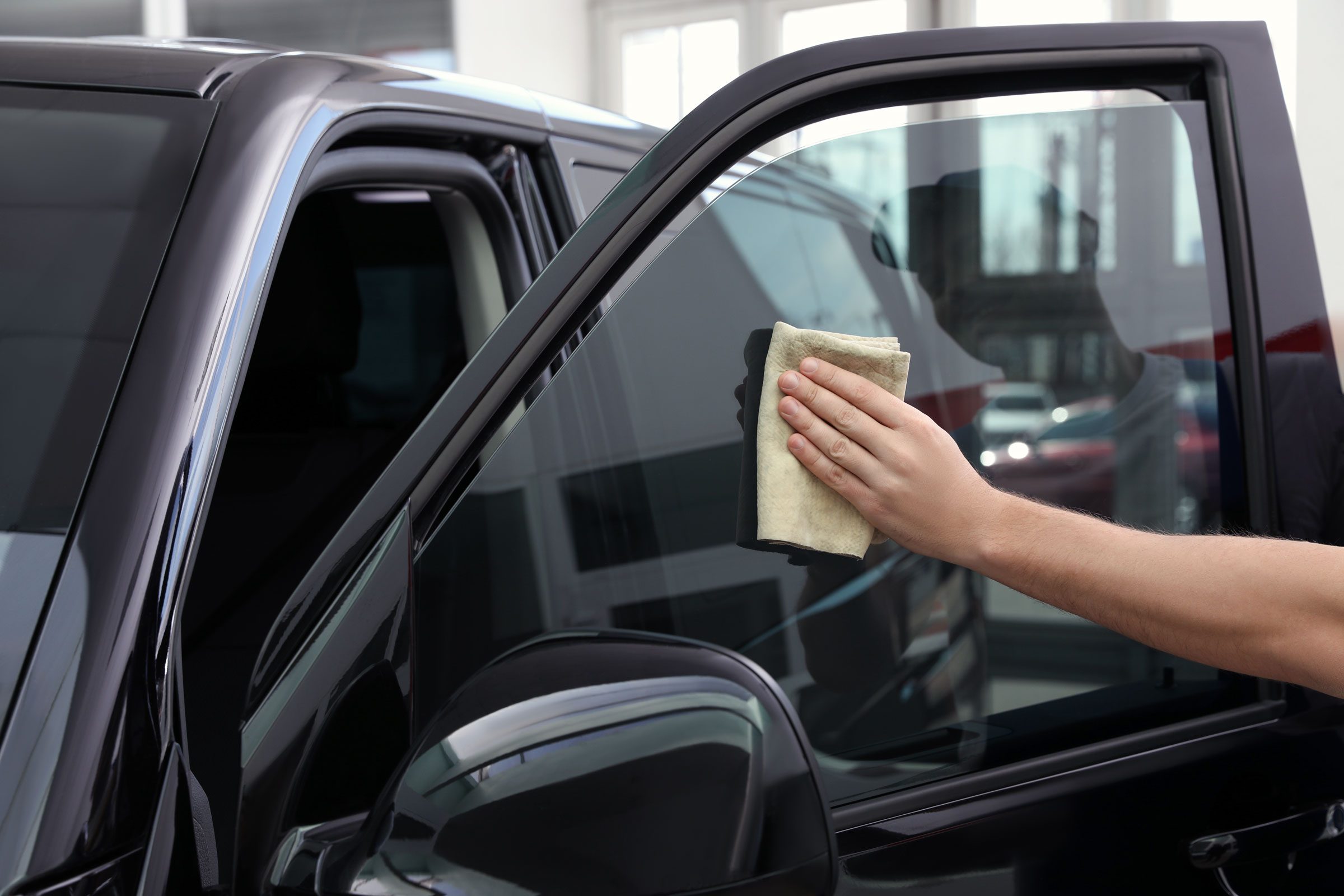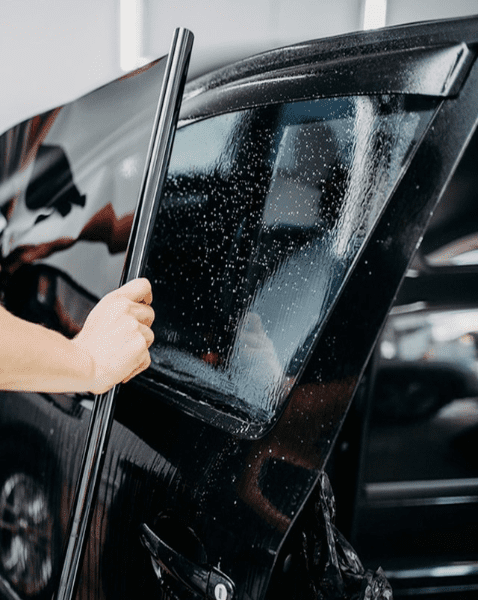Your Comprehensive Overview to DIY Window Tinting: Advice
Undertaking a Do it yourself home window tinting job presents a possibility to boost both the performance and appearances of your area. Before embarking on this undertaking, it is vital to navigate the complexities of local tinting regulations and pick a proper film that aligns with your purposes.
Recognizing Home Window Tinting Rules
Navigating the detailed landscape of home window tinting regulations is important for any kind of DIY lover looking for to enhance their lorry's looks and convenience. Each state in the U.S. has details policies pertaining to the allowable degrees of color on various windows, which can significantly affect your decision-making procedure.
Usually, these regulations dictate the maximum allowed Visible Light Transmission (VLT) percent, which refers to the quantity of light that can go through the colored home windows. Some states allow just a specific percent of color on the front windscreen, while allowing darker shades on rear windows. Conformity with these laws is critical, as failure to adhere can lead to penalties or the need to remove the color completely.
Additionally, there are commonly distinctions in between passenger lorries and business automobiles, with different regulations using to each category. It's a good idea to consult your local Division of Electric motor Automobiles or comparable authority to gather exact information customized to your location. Understanding these legislations not only makes certain legal conformity yet likewise enhances security by maintaining exposure and avoiding possible dangers while driving.

Selecting the Right Color Movie
Selecting the proper tint movie is a crucial action in the DIY home window tinting process, as it straight affects both the appearance and capability of your car's home windows. A number of factors need to direct your choice, consisting of the sort of movie, its legal compliance, and your wanted results.
First, consider the different kinds of tint movies available: dyed, metalized, ceramic, and crossbreed. Metalized movies provide improved warmth rejection and resilience yet can conflict with electronic signals.
Next, make sure that the movie adheres to regional regulations worrying visible light transmission (VLT) percentages. Conformity with these laws is critical to avoid penalties and guarantee safety.
Crucial Devices for DIY Tinting
Having actually chosen the ideal color movie for your windows, the next action includes collecting the needed tools to ensure an effective installation. The key tools you will need include an utility knife or a razor blade, which is important for cutting the tint film to the desired size. A squeegee is likewise important, as it assists get rid of air bubbles and ravel the film during application.
Along with these primary tools, a spray bottle filled with soapy their explanation water will assist in producing a practical surface area for the color film, enabling modifications before it sticks completely. click to read A measuring tape makes sure accurate dimensions for reducing the movie accurately, while a soft fabric or lint-free towel is necessary for cleaning up the glass surface before application.
Additionally, think about making use of a warmth weapon or hairdryer, as this can help mold and mildew the color movie to the shapes of the window and help with adherence. Finally, handwear covers are suggested to stay clear of finger prints on the film during installment. By gathering these vital tools, you will certainly be well-prepared to tackle your DIY window tinting project properly.
Step-by-Step Application Process
Begin by thoroughly cleansing the window surface area to ensure ideal attachment of the color film. When the home window is clean, determine the color film versus the home window, allowing for a minor overlap on all sides.
Lightly spray the window surface and the sticky side of the film. Meticulously align the film with the top of the window, ensuring it is directly. Window Tinting Folsom. Utilize a squeegee to smooth the view publisher site movie, using firm, even pressure.
Trim any kind of excess movie from the sides with your energy blade. Lastly, enable the color to treat for a minimum of 24-hour without rolling down the home windows. This action is critical for ensuring a long-lasting application. Follow these actions vigilantly for optimal lead to your DIY home window tinting project.
Maintenance and Care Tips
Correct upkeep and treatment of your home window tint is important to ensure its longevity and effectiveness. To begin with, avoid making use of abrasive cleansers or rough materials when cleansing colored windows. Instead, choose a mild, ammonia-free cleaner and a soft microfiber fabric to stop scrapes and peeling.
It's recommended to wait at least a week after installation prior to cleaning your home windows to enable the sticky to fully heal. Throughout this initial duration, stay clear of rolling down the windows to stop any damages to the tint.
Routine maintenance entails examining the edges of the color for any type of signs of gurgling or lifting (Window Tinting Folsom). If you see any type of concerns, it's finest to address them without delay to prevent further deterioration. Furthermore, beware with using window therapies, such as shades or drapes, as they can generate warmth that might endanger the tint with time

Verdict
To conclude, carrying out a DIY home window tinting project demands careful factor to consider of local laws, choice of suitable tint films, and the utilization of necessary tools. An organized application procedure ensures ideal results, while normal upkeep contributes to the durability of the tint. By adhering to these guidelines, people can attain both aesthetic improvement and increased personal privacy in their spaces, making DIY home window tinting an important undertaking.